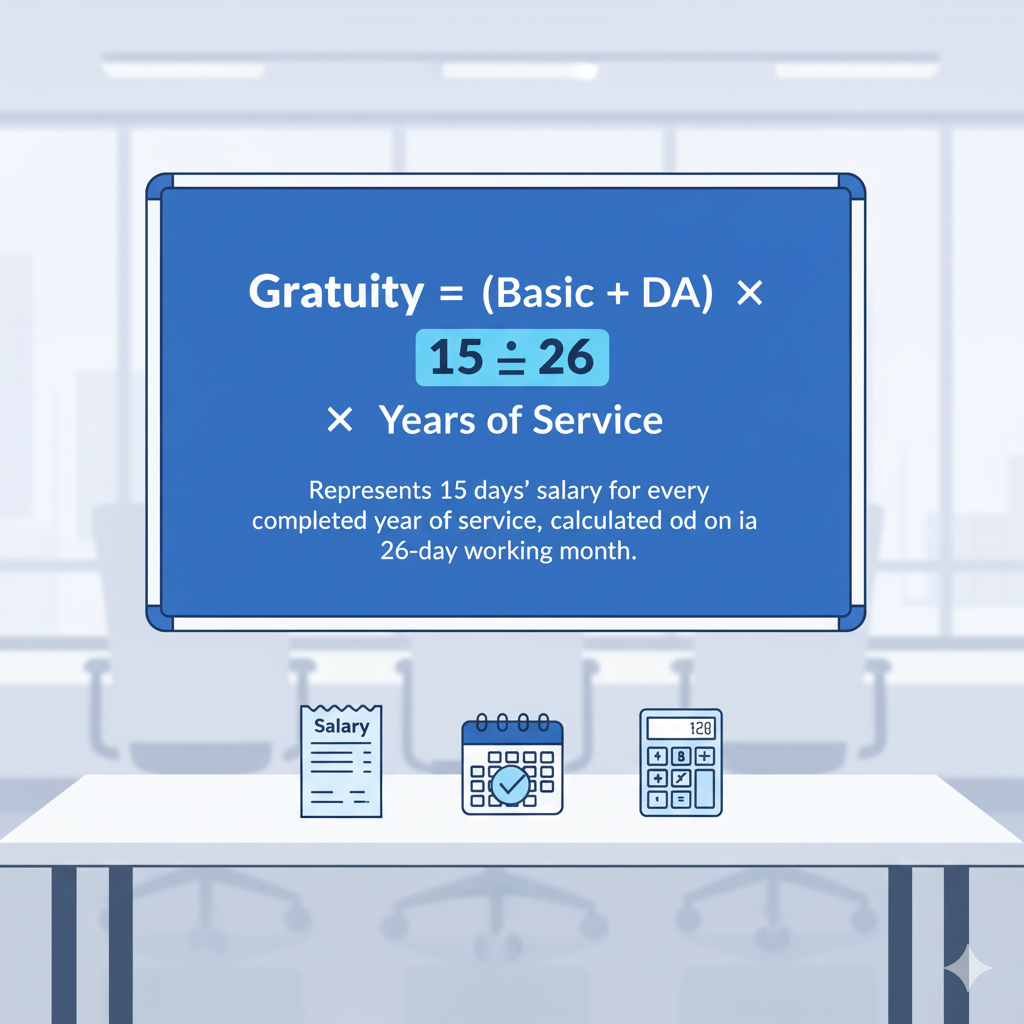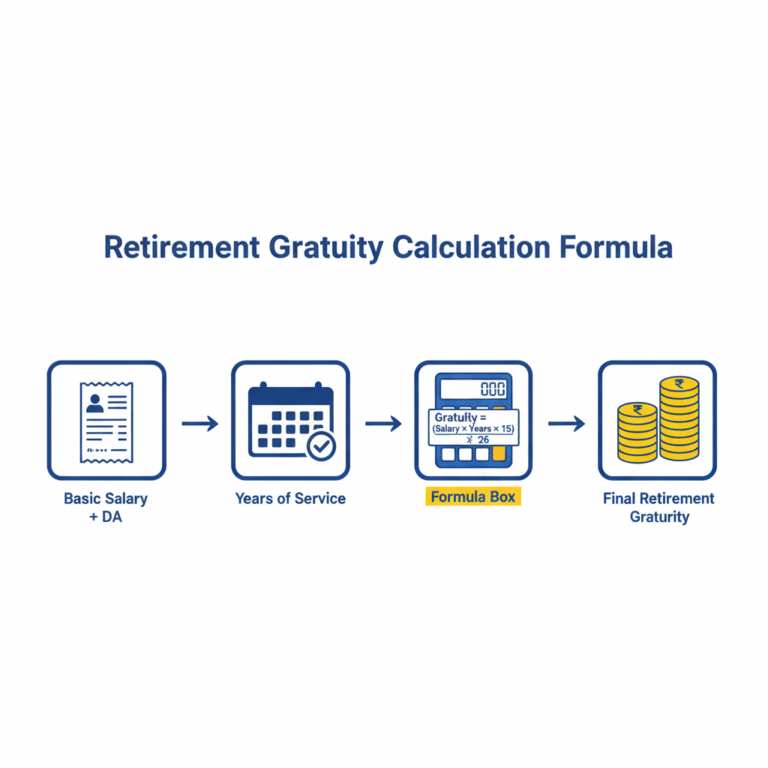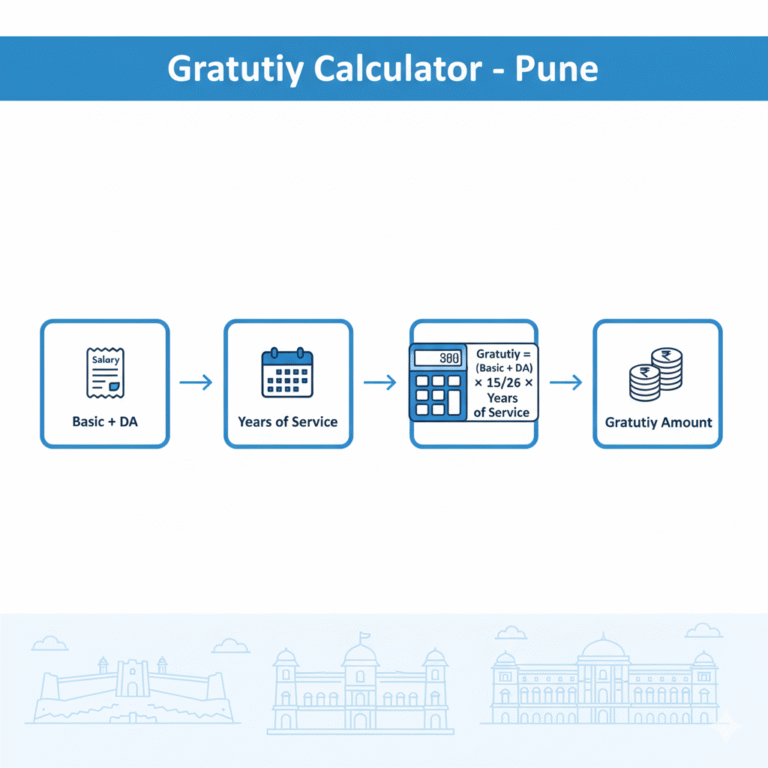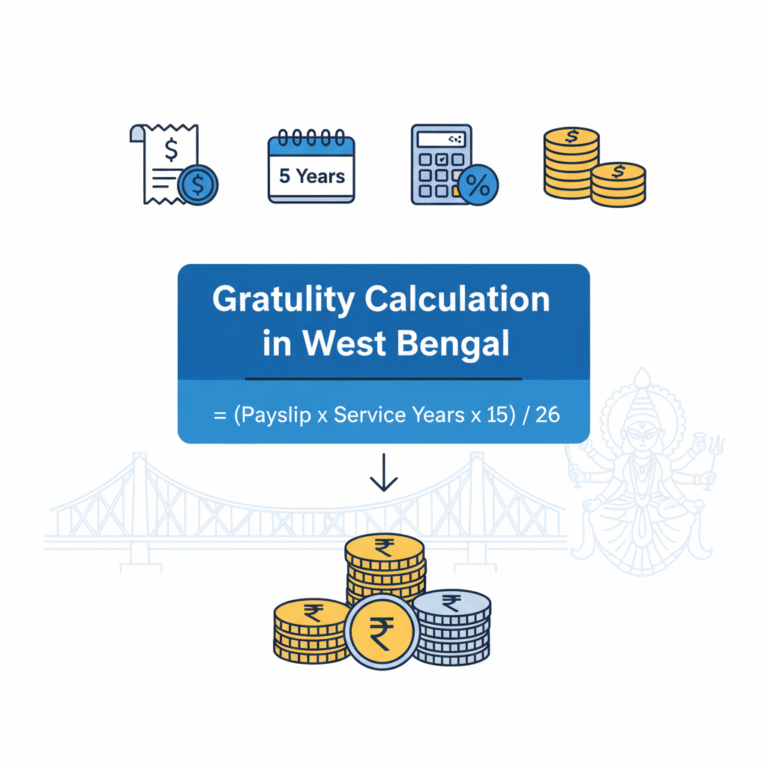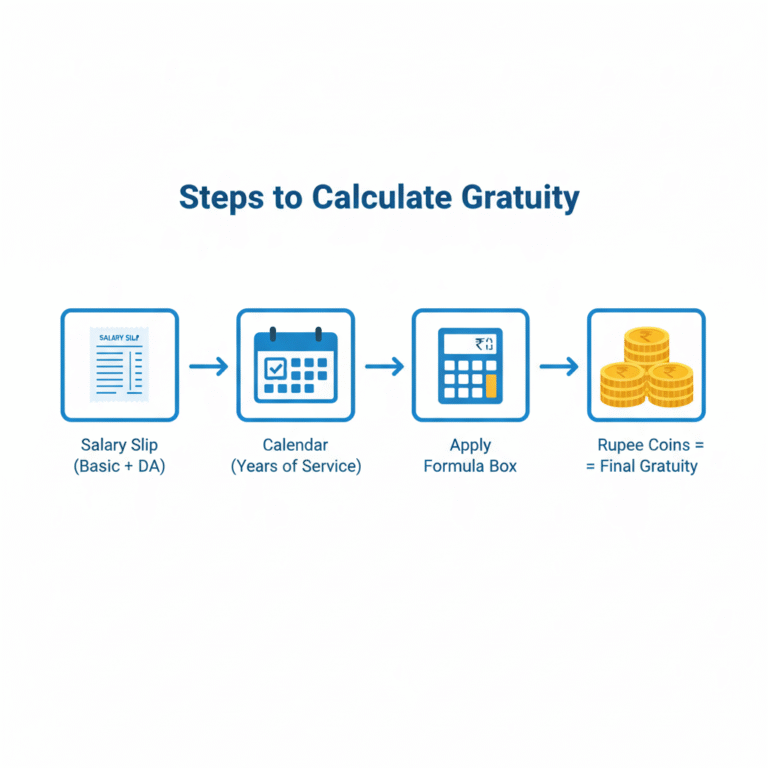What Is 15.26 in Gratuity Calculation – Meaning & Formula Explained
Gratuity is one of those employee perks that gets talked about a lot, but honestly, a ton of workers and bosses are still scratching their heads over how it’s figured out. You’ve probably heard “15.26” thrown around in chats about finances, HR stuff, or legal bits, but if you’re not deep into labor laws or payroll, it can feel like a total mystery.
In this straightforward guide, we’ll unpack what gratuity really is, dive into where that 15.26 comes from, and walk you through the calculation step by step. By the time you’re done reading, you’ll get why 15.26 matters so much, how it affects what you might get paid out, and the key things that tweak the final amount.
Understanding What Is 15.26 in Gratuity Calculation and Its Importance
Gratuity is basically a thank-you payment from your employer for sticking around and putting in the years. It’s not part of your everyday paycheck—it’s a one-time thing you get when you retire, quit, or get let go, as long as certain rules are met.
Think of it as a safety net for folks who’ve committed to one job for a while. In places like India, under the Payment of Gratuity Act of 1972, you usually need at least five years of steady work to qualify.
It gives employees some financial breathing room after leaving a job and also helps companies keep good people from jumping ship. The more years you put in, the bigger the payout gets.
The Legal Framework Behind Gratuity
To really get the 15.26 thing, we have to look at the rules that govern it. In India, it’s all laid out in the Payment of Gratuity Act, 1972. Here’s the basics:
- You need to have worked at least five years for the same employer to qualify.
- The payout is based on your last salary, specifically basic pay plus dearness allowance.
- The go-to formula is: Gratuity = (15 × Last Drawn Salary × Number of Years of Service) ÷ 26
That’s exactly where 15.26 pops up. It’s not some made-up number—it’s straight from that formula.
Breaking Down the What Is 15.26 in Gratuity Calculation
Let’s break down what 15.26 means in the gratuity math, piece by piece:
The law says you get paid for 15 days’ worth of wages for each full year you’ve worked.
For salary calculations, a month is treated as having 26 working days (skipping Sundays).
So, your daily wage is basically your monthly salary divided by 26.
Since gratuity covers 15 of those days per year, it shakes out to: (15 ÷ 26) × Monthly Salary × Years of Service
Do the math on 15 divided by 26, and you get about 0.5769. In real-world payroll talk, this often shows up as 15.26, just representing those 15 days out of 26 in a month.
In short, 15.26 is the key multiplier that figures out your share based on your monthly pay.
Why 15 Days and Not a Full Month?
Why just 15 days? It’s all about striking a balance—giving employees a solid reward without overwhelming companies with costs. If it were a full month’s pay per year, that could break the bank for employers. Settling on 15 working days keeps things fair and doable.
And why 26 days for a month? Labor laws focus on actual workdays, so they skip weekends like Sundays. No holidays or offs in the count—just the days you’re on the clock.
Gratuity Calculation Formula Explained
The classic formula from the Payment of Gratuity Act is:
Gratuity = (15 ÷ 26) × Last Drawn Salary × Number of Years of Service
Breaking it down:
- 15 ÷ 26 = that handy 15.26 factor
- Last Drawn Salary = Your basic pay + dearness allowance
- Years of Service = Full years worked (and if you’ve got more than six months extra, it rounds up)
Take an employee with a last salary of ₹50,000 and 10 years on the job: (15 ÷ 26) × 50,000 × 10 ≈ ₹288,462
See? The 15.26 factor is what makes this whole thing tick.
The Role of Salary Components in Gratuity
A big question for a lot of people: Which parts of your pay actually count toward gratuity? Remember, the 15.26 multiplies only against the stuff that’s eligible.
According to the rules:
- Included: Basic salary and dearness allowance (DA)
- Excluded: Things like house rent allowance (HRA), travel perks, bonuses, overtime, or any other extras that vary
So, stick to basic + DA from your last paycheck when you’re crunching the numbers.
How Years of Service Are Counted
Figuring out your service years is pretty straightforward under the law:
- If you’ve got more than six months in that last partial year, it counts as a full one.
- Less than six months? It doesn’t add up.
For instance, 7 years and 7 months rounds up to 8 years. But 7 years and 5 months stays at 7.
This rounding directly amps up (or not) how the 15.26 factor plays into your total.
Practical Example of 15.26 in Gratuity Calculation
Let’s make it real with an example:
- Last Drawn Salary (Basic + DA): ₹40,000
- Total Service: 15 years and 8 months
- Rounded Service Years: 16
Gratuity = (15 ÷ 26) × 40,000 × 16
= 0.5769 × 40,000 × 16
≈ ₹369,230
There you go—that’s how 15.26 shapes the final check.
Taxation on What Is 15.26 in Gratuity Calculation
Good news on taxes: Gratuity often flies under the radar. Latest rules say:
- Government workers? Totally tax-free.
- Private folks under the Act? Exempt up to ₹20 lakh.
Anything over that? It gets taxed under income tax rules. Knowing the 15.26 helps you ballpark your amount and see if taxes might nibble at it.
Why Employers and Employees Must Understand 15.26
15.26 isn’t just some random digit—it’s the core of getting gratuity right. Bosses need to use it properly to stay on the right side of the law, and workers should know it to check if they’re getting what they deserve.
Get it wrong, and you could end up with arguments or legal headaches. Getting a grip on it keeps everything above board, accurate, and drama-free.
Common Misconceptions About What Is 15.26 in Gratuity Calculation
Gratuity myths are everywhere—let’s bust a few:
- Myth 1: It’s based on your full gross salary. Fact: Nope, just basic + DA.
- Myth 2: 15.26 means 15 months’ pay. Fact: It’s really 15 days’ wages over 26 workdays.
- Myth 3: You need exactly five years, no more, no less. Fact: Sometimes 4 years and 240 days can count as five, based on court rulings.
Importance of What Is 15.26 in Gratuity Calculation in Employee Retention
Beyond the money, gratuity is a smart way to keep employees around. Tying it to years served motivates people to stay put. The 15.26 is the math behind that incentive—employees who get it often stick around longer for the growing payoff, which benefits everyone.
Global Perspective on What Is 15.26 in Gratuity Calculation
The 15.26 setup is India-specific, but other places have their own versions. Like in the Middle East, end-of-service pay might be 21 or 30 days per year. In the West, it’s more about pensions or savings plans than one-off gratuity.
The idea’s the same everywhere: Give back for the time you’ve invested.
Frequently Asked Questions On What Is 15.26 in Gratuity Calculation
Conclusion
At its heart, 15.26 in gratuity calculation comes from the Payment of Gratuity Act—it’s the ratio of 15 days’ wages per year of service, divided by 26 workdays in a month. It makes sure employees get a fair shake without burdening employers too much.
Once you wrap your head around it, you can figure out your own gratuity easily, and companies can keep things compliant. In the end, gratuity is a win for loyalty, with 15.26 as the key piece holding it all together.

